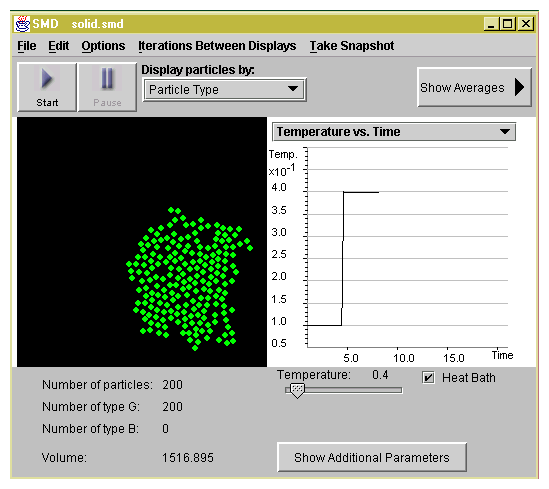|
Your objective is to:
Recognize the differences between solid, liquid, and gas from the
microscopic point of view.
You will be able to:
Describe the phase transition from liquid to solid and from liquid to
gas in molecular terms.
Contrast the motion of particles in the solid, liquid and gaseous phase.
Describe a liquid-gas equilibrium.
Describe the relationship between states of matter and
temperature.
| 


